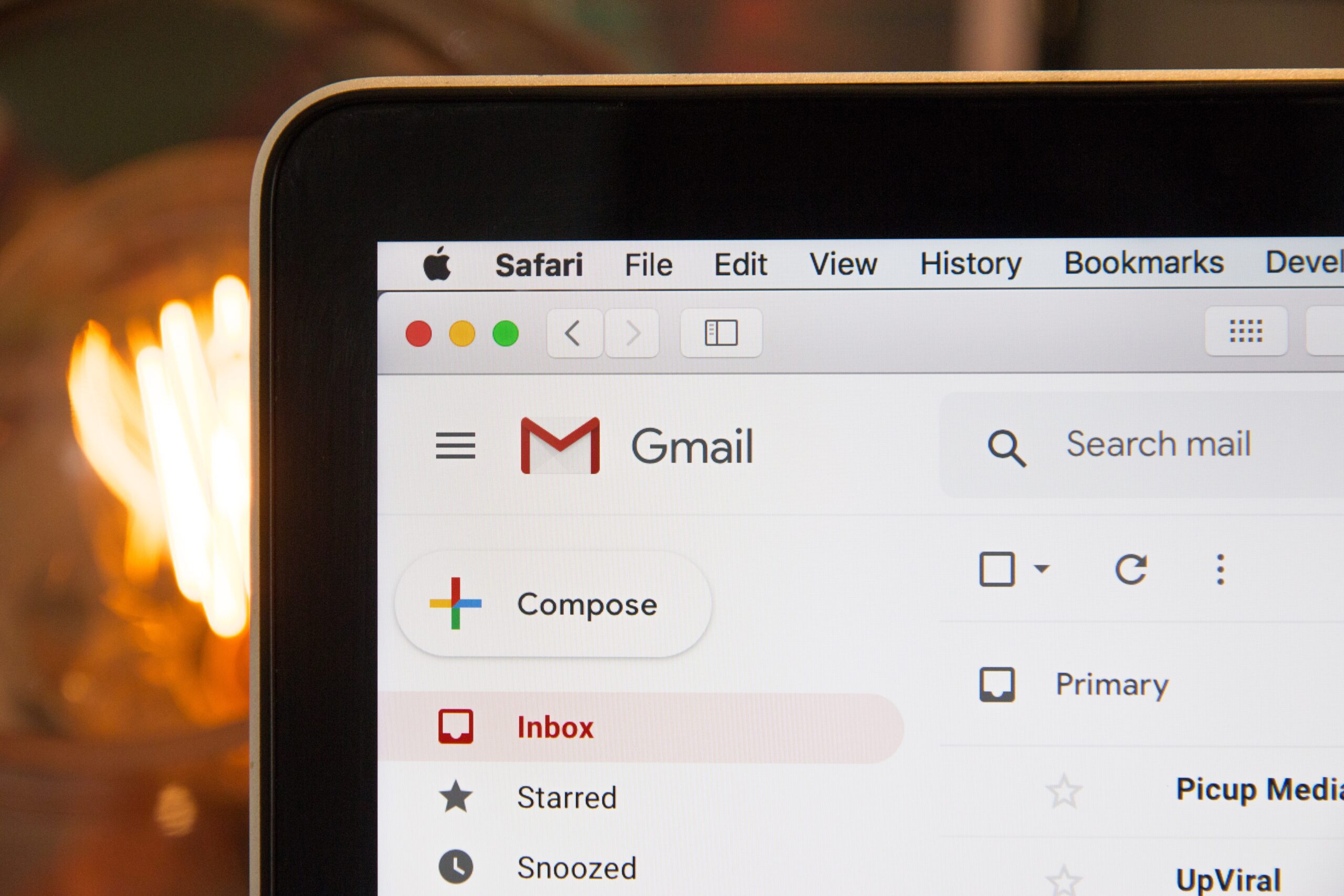Writing effective subject lines is an essential part of email marketing. They are the first thing that people see when they receive your email, and they determine whether or not they will open it. A great subject line can be the difference between your email getting read or getting deleted. In this post, we’ll be exploring how to write subject lines that get your emails read every time. We’ll cover the role of subject lines, offer tips for crafting great ones, provide examples of effective subject lines, and discuss the importance of A/B testing. By the end of this post, you’ll have all the tools you need to create subject lines that get your emails opened and read.
The Role of Subject Lines:

Subject lines play a crucial role in getting your emails read. They are the first thing that people see when they receive your email, and they determine whether or not they will open it. There are several factors that can influence whether or not someone will open your email, including the sender’s name, the subject line, and the preheader text.
The sender’s name: The sender’s name is often the first thing that people see when they receive an email, so it’s important to choose a sender name that is recognizable and trustworthy. If you’re sending emails from a personal account, using your name as the sender can be a good option. If you’re sending emails on behalf of a company or organization, using the company’s name as the sender can be more effective.
The subject line: The subject line is the main headline of your email, and it’s what determines whether or not people will open it. A great subject line should be concise, informative, and engaging. It should clearly convey the content of your email and entice people to open it.
The preheader text: The preheader text is the snippet of text that appears below or next to the subject line in an email client. It’s meant to give people a preview of what’s inside your email and help them decide whether or not to open it. The preheader text should be relevant to the subject line and give readers a sense of what they can expect to find in your email.
In summary, the sender’s name, the subject line, and the preheader text are all important factors that can influence whether or not people will open your email. By paying attention to these elements, you can increase your chances of getting your emails read.
Tips for Crafting Great Subject Lines:

Your subject line is the first thing that people see when they receive your email, and it’s what determines whether or not they will open it. A great subject line should be concise, informative, and engaging. Here are some specific tips and techniques for writing effective subject lines:
- Use action verbs: Action verbs can help make your subject line more engaging and compelling. Examples of action verbs include “discover,” “learn,” “unlock,” and “act now.” By using action verbs, you can encourage readers to take action and open your email.
- Personalize your subject lines: Personalization can be a powerful tool when it comes to getting your emails opened. By including the recipient’s name or other personal details in your subject line, you can make your email feel more relevant and personalized.
- Create a sense of curiosity: Subject lines that create a sense of curiosity can be very effective at getting your emails opened. You can do this by posing a question, hinting at a secret or exclusive offer, or using words like “surprise” or “mystery.”
- Keep it short and sweet: Subject lines should be concise and to the point. Aim for around 50 characters or less, as this is the maximum length that will be displayed in most email clients.
- Avoid spammy words and phrases: Some words and phrases are more likely to trigger spam filters or be marked as spam by email clients. Avoid using words like “free,” “guaranteed,” or “act now” in your subject lines, as these can be red flags.
By following these tips and techniques, you can write subject lines that are compelling, engaging, and effective at getting your emails opened.

Examples of Effective Subject Lines:
One of the best ways to learn how to write great subject lines is to see what has worked for others. Here are a few examples of subject lines that have proven to be effective in getting emails opened:
- “You’re invited: [Company] VIP Event”
- “New Arrival: [Product] Just Landed in Stock”
- “Last chance to save [X]% on [Product]”
- “Don’t miss out: [Company] Flash Sale”
- “Exclusive offer just for you: [Product] at [X]% off”
These subject lines are all short, informative, and engaging. They create a sense of urgency or exclusivity that encourages people to open the email. They also clearly convey the content of the email and give readers a reason to open it.
Keep in mind that what works for one company or industry may not work for another. It’s important to test different subject lines to see what works best for your audience. You can use tools like A/B testing to compare the performance of different subject lines and identify which ones are most effective at getting your emails opened.

A/B Testing Your Subject Lines:
A/B testing is the process of comparing the performance of two or more variations of a marketing element, such as a subject line, to determine which one is most effective. A/B testing can be a powerful tool for improving the effectiveness of your email marketing campaigns and getting your emails read.
When it comes to A/B testing subject lines, there are a few key things to keep in mind:
- Start with a small sample size: It’s important to test your subject lines on a small sample of your email list before rolling them out to your entire list. This will allow you to gather data and fine-tune your subject lines before sending them to everyone.
- Test one element at a time: When A/B testing subject lines, it’s important to focus on testing one element at a time, such as the length, the tone, or the use of personalization. This will allow you to identify which specific elements are most effective at getting your emails opened.
- Use statistical significance: It’s important to use statistical significance when analyzing the results of your A/B tests. This will help you determine whether the differences in performance between your subject lines are significant or just due to chance. There are a variety of tools and resources available to help you calculate statistical significance, including online calculators and spreadsheet templates.
- Keep testing: A/B testing is an ongoing process, and it’s important to continue testing different subject lines to see what works best for your audience. As your email list grows and your marketing strategies evolve, it’s important to keep testing different subject lines to ensure that you’re getting the best results possible.
- In conclusion, A/B testing your subject lines is a crucial step in improving the effectiveness of your email marketing campaigns. By testing different subject lines and analyzing the results, you can determine which ones work best for your audience and get your emails read every time.
Conclusion:
In this post, we’ve explored how to write subject lines that get your emails read every time. We’ve covered the role of subject lines, offered tips for crafting great ones, provided examples of effective subject lines, and discussed the importance of A/B testing.
By following these tips and techniques, you can create subject lines that are compelling, informative, and engaging. By A/B testing your subject lines, you can determine which ones work best for your audience and improve the effectiveness of your email marketing campaigns.
We encourage you to put these tips into practice in your own email campaigns and see the results for yourself. With a little bit of effort and experimentation, you can write subject lines that get your emails opened and read every time.
Additional Resources:
If you’re looking for more information or tools to help improve your writing effective subject lines, here are a few resources that you might find helpful:
- CoSchedule Headline Analyzer: This tool analyzes the effectiveness of your subject lines and gives you tips for improvement. Simply enter your subject line and receive a score and recommendations for making it more effective.
- Email Subject Line Tester: This tool allows you to test the performance of different subject lines and see which ones get the best results. Simply enter your subject lines and receive data on their open and click-through rates.
- HubSpot’s Subject Line Generator: This tool generates subject line ideas based on keywords that you enter. Simply enter a few keywords related to your email and receive a list of potential subject lines to test.
- Subject Line Cheat Sheet: This cheat sheet from Mailchimp provides a list of words and phrases that are known to improve email open rates, as well as a list of words and phrases to avoid.
By using these resources and tools, you can improve your subject lines and increase the chances of your emails being opened and read.


